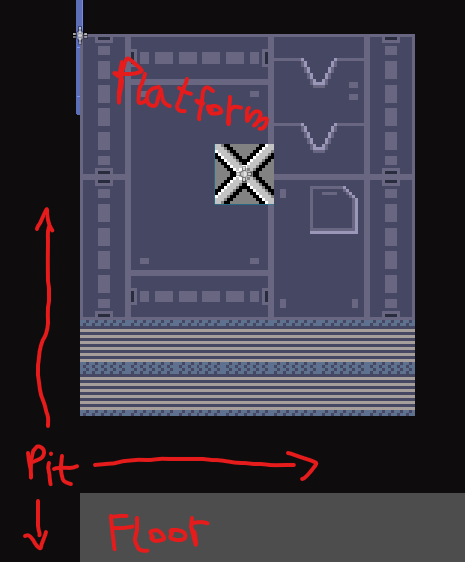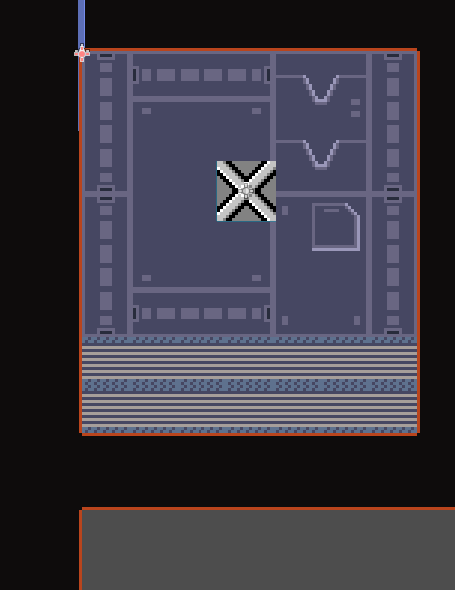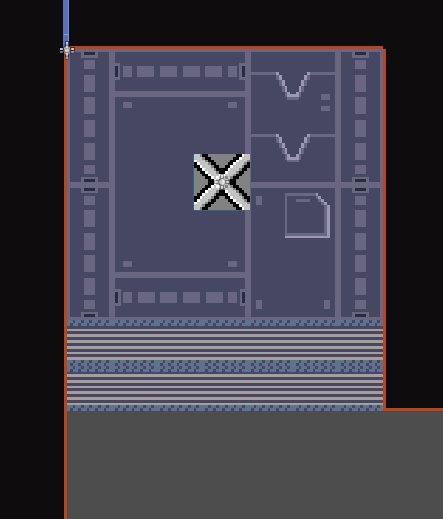For context, I'm working on a top-down 2D game with controls similar to 2D Zelda games.
What I'm trying to achieve: An impassible "pit" with moving platforms traveling back and forth across it, which the player can walk onto to traverse the pit. If the platform is adjacent to a non-pit tile or another platform, the player should be able to walk from the current platform to that place.

The problem: At first I implemented the pit as a Tilemap with collision to make it impassible to the player, and the moving platform as an Area2D moving along a Path2D. However, the pit's collision shape would not allow the player to walk onto the platform, since the platform exists entirely "within" the pit. I wish I could subtract the platform's area from the pit's collision shape, but I'm not sure that's possible.
My current (bad) solution: Instead of relying on the pit Tilemap's collision shape, I turned off the its collision and wrapped the pit with invisible barriers that prevent the player from crossing into the pit (shown as red outlines below). I surrounded the platform with the same barriers too, so the player can't walk off the platform and into the pit.

Now, in order to allow the player to walk onto or off of the platform, I have to disable the barriers at the place where I want the player to be able to walk.

Now the player can walk onto the platform, but I have to specify exactly when to turn off and on the barrier collision, and exactly which portions of the barrier to disable.
Is there a better to implement this, possibly a way that requires less manual intervention?

 . However, I could get around this with an identical tile with no collision shape at all.
. However, I could get around this with an identical tile with no collision shape at all.